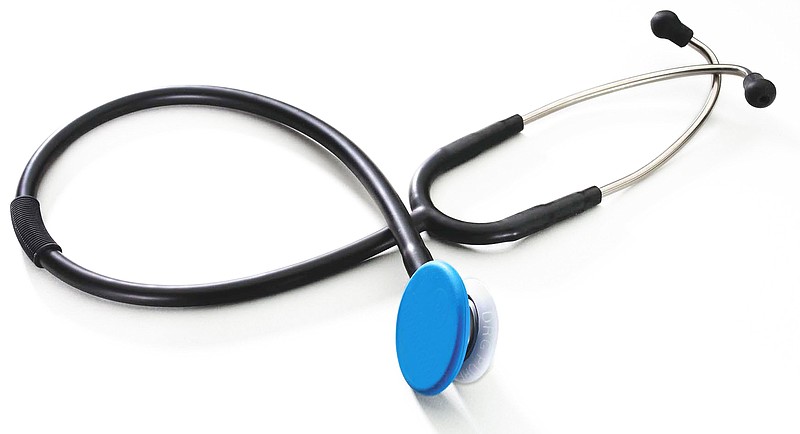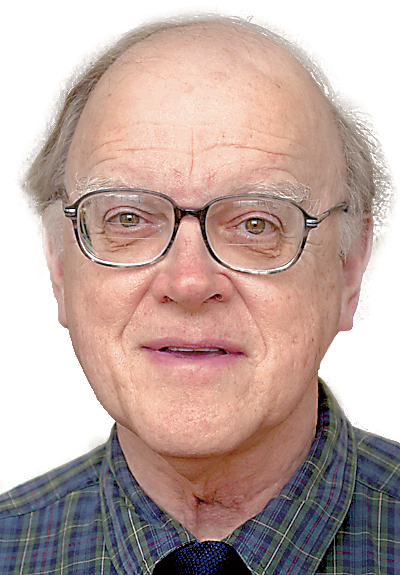On April 17, following lengthy protests, New York City authorities ordered the removal of a statue of Dr. James Marion Sims from Central Park and its placement at his burial site in Brooklyn. The event reawakened memories of the controversial doctor.
I first learned of Sims in a ninth-grade civics class in South Carolina. He was extolled as one of the state's great men because of medical discoveries he made in the 19th century. In a subsequent lecture series on the history of medicine, Sims was described as "the father of modern gynecology." Condemnation of his actions arose much later.
Sims was born in South Carolina, educated at South Carolina College and began medical studies at Charleston Medical College. He earned his medical degree at Jefferson Medical College in Philadelphia in 1835.
Unable to build a practice in his home state, he moved to Alabama, eventually settling in Montgomery. In addition to private patients, he provided care to slaves brought to him by their owners.
A catastrophic complication of labor and delivery at that time involved a tear in the wall separating vagina from bladder. This is termed a vesico-vagina fistula. Women so afflicted would have disabling, lifelong leakage of urine. Less commonly, a tear would develop between vagina and rectum, leading to chronic leakage of stool. Childbirth for slaves was often conducted under primitive conditions, which resulted in a higher incidence of fistula formation.
Plantation owners lent Sims 12 slaves who suffered from the complication in hopes that he could devise a curative procedure. Arachna, Betsey and Lucy are the only named subjects. In a time before anesthesia was widely used, Sims repeatedly attempted closure of the leakage sites in his enslaved subjects using a variety of suturing techniques. Sometimes, he employed opium to deaden pain. Other times, he relied upon strong slaves to immobilize his subject. Several slaves died from post-operative infections. Sterile conditions had not yet been developed for surgery. Following many failed attempts from 1845 to 1849, Sims finally arrived at a cure. He devised a vaginal speculum that allowed direct visualization of the fistula. On the 30th surgical attempt on Lucy, Sims succeeded in closing the fistula with silver wire. Sims described his successful procedure in a medical article, which assured his fame. Other surgeons quickly adopted the operation.
For personal health and professional reasons, Sims relocated his practice to New York City where he founded the Women's Hospital of New York. He spent much of the Civil War in Paris, where he introduced European surgeons to his procedure and operated upon royalty. His practice prospered and his reputation soared following his return to the United States. In 1876 he served as president of the American Medical Association.
Sims' work drew increasing ethical condemnation from the mid-1960s onward. A protocol for informed consent did not exist when he devised his procedure. The slaves on which he experimented had no say in their treatment. Their personal experiences were never documented, although Sims commented upon the extreme pain endured by one of the slaves during a surgical experiment. The women were pawns in a quest to devise a surgical breakthrough.
Defenders of Sims argued that medical ethics ranged from lax to nonexistent when he carried out his research. The procedure he developed would provide relief for countless women with an otherwise disabling complication of pregnancy.
Medical ethics have evolved more slowly than medical advances and inventions. Even in the absence of clearly formulated codes of professional conduct, Sims did not address the comfort and safety of the women under his care. He treated them as objects, not as human beings. Cruelty is cruelty, regardless of the time-frame in which it occurs. The decision to move Sims' statue from a public place was appropriate.
Clif Cleaveland, M.D., is a retired internist and former president of the American College of Physicians. Email him at ccleaveland@timesfreepress.com.

